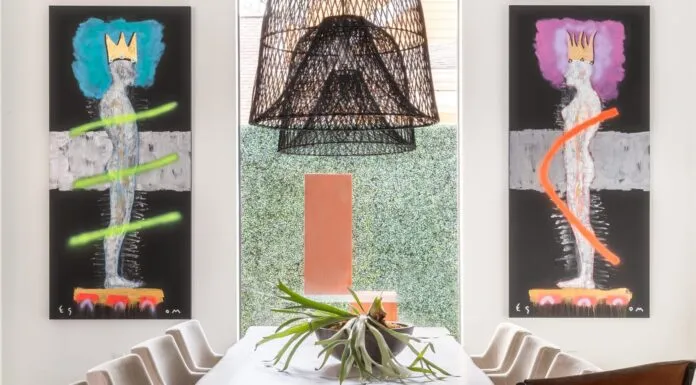How to prepare your soil for planting a vegetable garden
Just as a good foundation is key when building a house, good soil is essential for nourishing a successful garden. But how can we ensure our soil is in its best state for planting?
Mark Carriere, a county agent at the LSU AgCenter, says the best way to understand the current state of your soil is to take a sample of the soil and bring it to a lab to get a soil test, as it will offer insight into what should be added to increase the soil and plant health.
“We have a saying, ‘We don’t guess, we soil test,’ and so that’s the first thing we have them do when we’re getting ready to make recommendations for their soil,” Carriere says.
In these soil tests, Carriere says the AgCenter recommends using a clean pale and shovel to collect soil from different areas of the garden at the depth you’d like your roots to be, around four to six inches, and mix it up before submitting it to the lab.
“The reason why we collect it in several locations is it gives us kind of a cross section of what the vegetable garden may need,” Carriere explains.
Once the soil is brought to the lab, results will return with the soil’s pH level, nitrogen and the amount of micronutrients found in the soil, along with recommendations tailored for what you’d specifically like to grow. Carriere says the results will also be shared with local parish extension offices so you can call them with questions, and they’ll help walk you through your results.
Based on your results, you can move on to considering amendments based specifically on your soil’s needs. For example, to make your soil more acidic, add sulfur, as it lowers the pH in a garden. To increase your pH, if it’s too acidic, add lime. He also recommends adding nitrogen.
“All plants need nitrogen to grow, so all of our soil samples will come back with a recommendation for some form of nitrogen,” he says.
Carriere also notes that there are fertilizers with several common soil amendments that can be found at local nurseries, co-ops and regular retailers.
Drainage is another crucial element. Carriere says to start with choosing the space you’d like to plant your garden. He recommends a place with lots of sunlight. To support drainage, he suggests building up from ground level.
“What we’ve seen a lot of to help with drainage, weed pressure, and many other things, are raised garden beds,” he explains. “These beds are made with boards that are about 10 inches tall. That helps improve the drainage because they’re up top, out of the ground.”
Still have questions? Carriere offers a few quick tips when it comes to veggie gardening:
- Think about what vegetables you want to grow. Keep the growing season of each plant in mind when considering the vegetables you want to grow.
- Consider the size and area you need to grow the plant you want to grow. The size of your space is important. You need to consider whether you have the amount of spacing needed to grow what you’d like, or consider using containers that are mobile, decorative and functional. “Think about the overall size and area that you may need to grow these plants,” Carriere says. “Every plant has a different size recommendation and spacing recommendation based on their mature size.”
- Think about your budget. Consider how much money you’re willing to spend and your plans, like whether you’re recycling tubs or putting things in the ground. This can help you decide what’s the best investment for you and your garden.
- Research the tools you need. “Think about the tools you may need to cultivate the ground, that is, to break it up and make it looser, increasing the oxygen and the ability for that water to get down into the roots and to go down into the soil,” Carriere says.
- Get a soil test, no matter whether you’re starting a new garden or revitalizing an old one. “With the cost of everything now, you want to make sure you’re adding the right fertilizer or soil amendments to your soil that’s needed,” Carriere says. “You don’t want to spend money on unneeded things.
Find more growing tips on the LSU AgCenter website.












